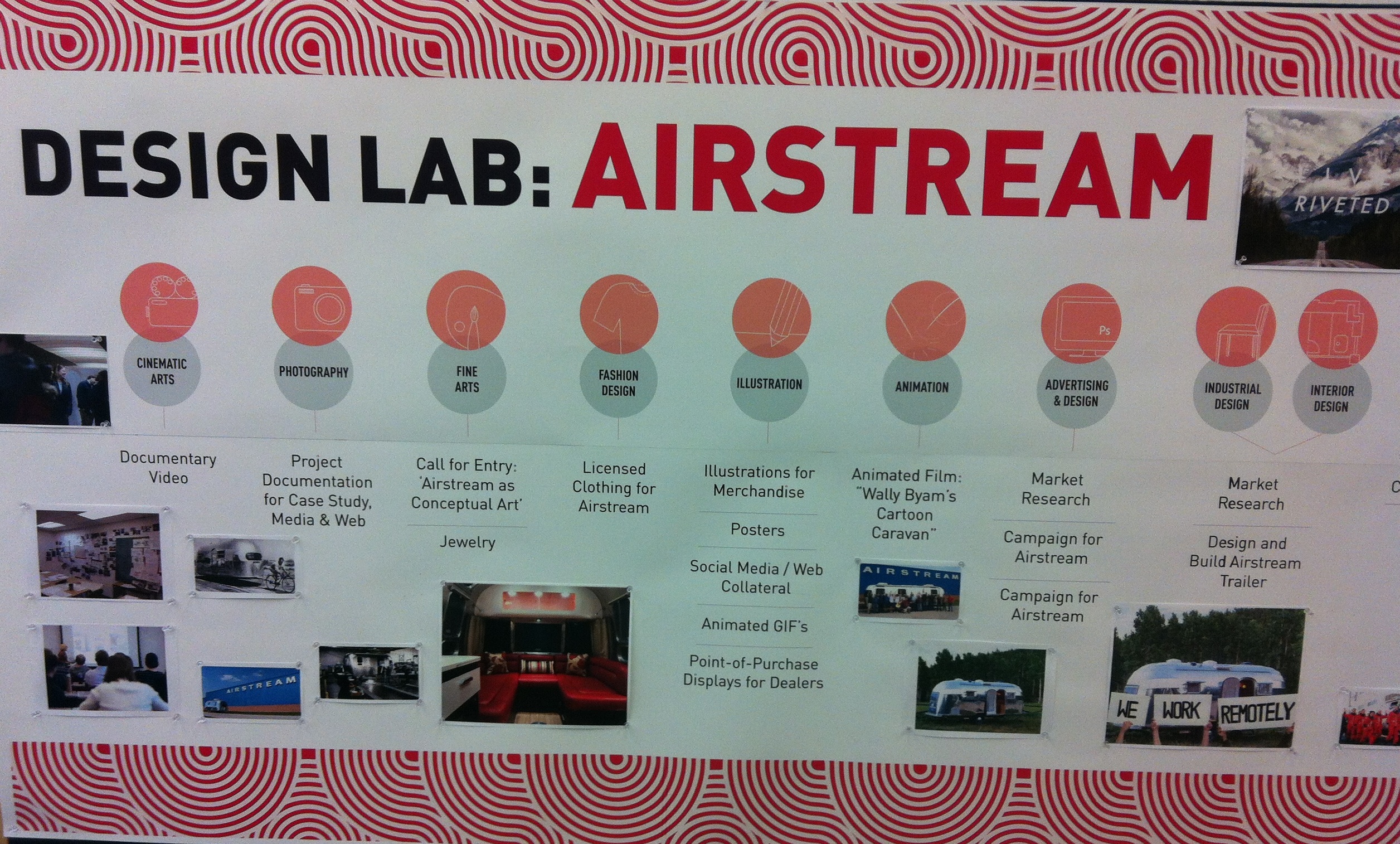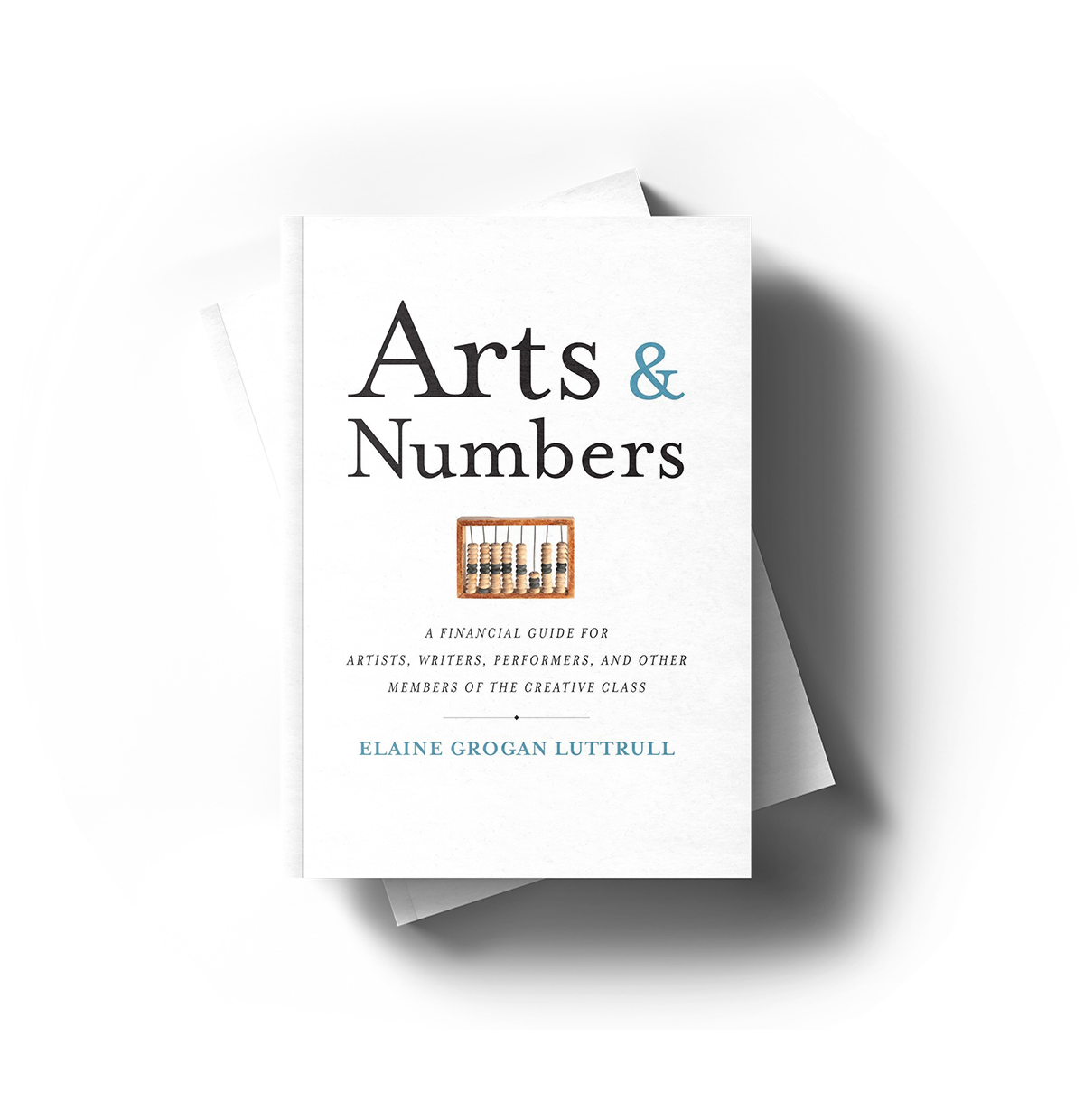February 28, 2014 • Curriculum

An accountant, a designer, and an architect walk into a bar… No wait; strike that.
An intern, a visionary, and an island designer walk into a bar…
They seem like they have nothing in common. And yet, they represent the brightest minds among our current college students.
Education is being overhauled by instructors, administrators, and students alike, and at the college level anyway, the overhaul is paying dividends. I’ve lost track of the number of times “project-based learning” or “hands-on learning” comes up in meetings (and not just those focused on curriculum building).
We can’t stop talking about it. But this idea of tangible learning in a relevant context is more than simply squeezing in an activity between lectures.
Infinitely more.
The Journal of Accountancy picked up on the trend, courtesy of its senior editor, Ken Tysiac, who reported on a recent (albeit small) survey of businesses that found 83% of companies believed the work experience students had gained in college was important (“very important” or “somewhat important” in survey parlance).
It turns out the learning can come in the form of internships, volunteer work, or part-time work. I did all three as a college student many moons ago, and as outlined in the article, I learned as much about professionalism, networking, and congeniality as I did about technical accounting practices.
But hands-on learning goes one step further.
Students at Rice University developed a concept for man-made floating islands that essentially serve as a home-away-from-home for oil and gas workers off the coast of Brazil, thus solving problems of convenience, lifestyle, and transportation costs. As one student articulated in Wade Goodwyn‘s piece on NPR, “We are affecting lives at a very human level… And thus affecting the industry.”
Indeed.
My students (and 170 others) at CCAD are involved in something similar that touches nearly every area of study at CCAD, including Liberal Arts and — you guessed it — Business.
Wait–Students at the Columbus College of Art & Design learn about business on top of art and design?
The students are re-imagining an Airstream (the iconic symbol of American freedom and ingenuity) as a live/work space for creative entrepreneurs. The industrial and interior designers are developing the overall concept and design for the space; the advertising students are working on promotional campaigns; the illustration and animation students are developing printed materials; the film students are capturing the entire process documentary-style; the photographers are capturing still shots.
But wait… There’s more.
The fashion design students are designing couture and wearable garments inspired by the Live Riveted lifestyle; the jewelry designers are doing the same; the students in creative and professional writing courses are capturing the process in written form; and my business and finance students are determining feasibility based on projected income levels of creative entrepreneurs and estimated operating expenses of the newly designed Airstream.
Sound amazing? It is.
It is the perfect way for CCAD’s students to master real-world, hands-on learning (the kind valued by the 83% of CFOs surveyed in Tysiac’s article). It is the perfect way to integrate project-based learning into the curriculum, without simply slotting activities between lectures.
Like the floating-island project, CCAD’s Airstream collaboration is in its early stages. But in about three months the project will be nearing completion, hopefully with feasibility, artistic integrity, and operating efficiency well established.
Students will complete the project with more than simply a cool line to add to their CVs (although there is that too). They will leave with all the non-technical benefits hands-on learning provides: They will have mastered cross-discipline relationships that span areas of expertise at CCAD, Airstream, and beyond. They will have learned collegial lessons about teamwork, collaboration, deadlines, and shared responsibilities (and glory).
Students will be better able to add immediate value to the future projects they will join. They will be better able to bring immediate returns to their future employers. And guess what?
They are desperate to do that anyway.
These hands-on learning opportunities, whether they take the form of traditional internships, designing floating islands, or re-imagining an icon serve the best needs of students and industry alike.
What a way to live riveted. What a future for art, design, and business.


